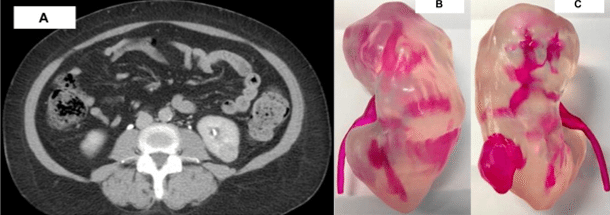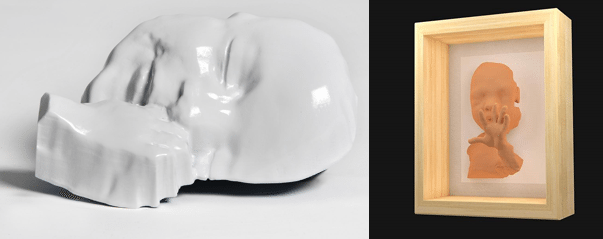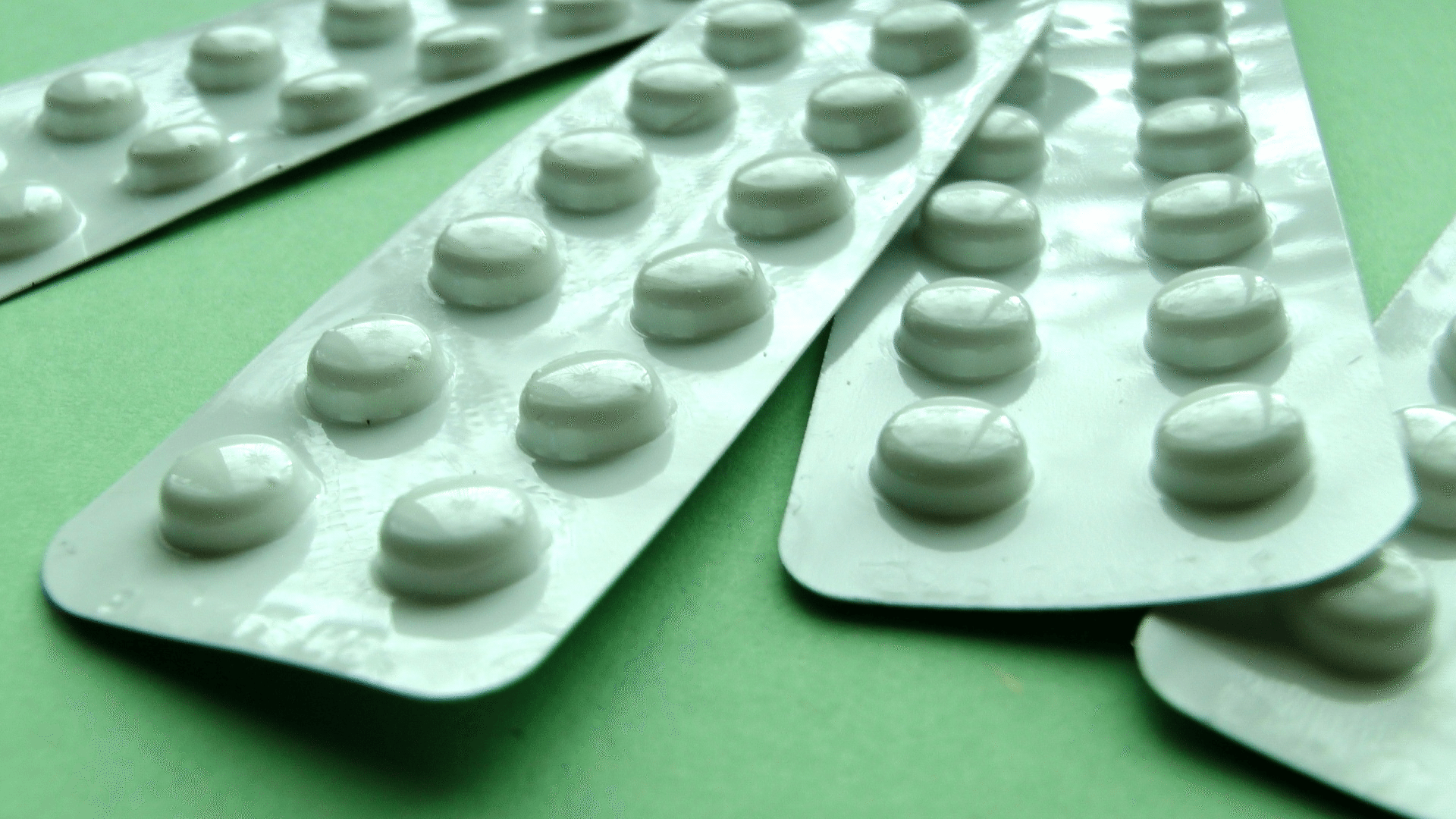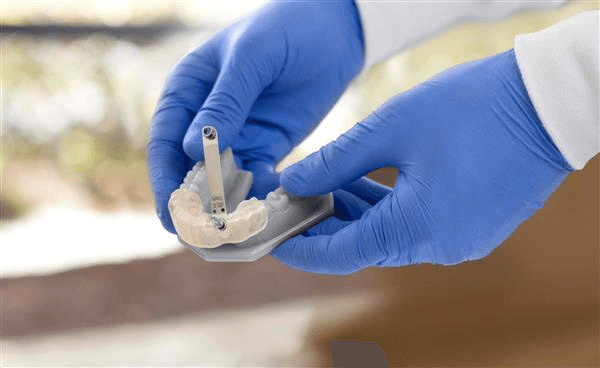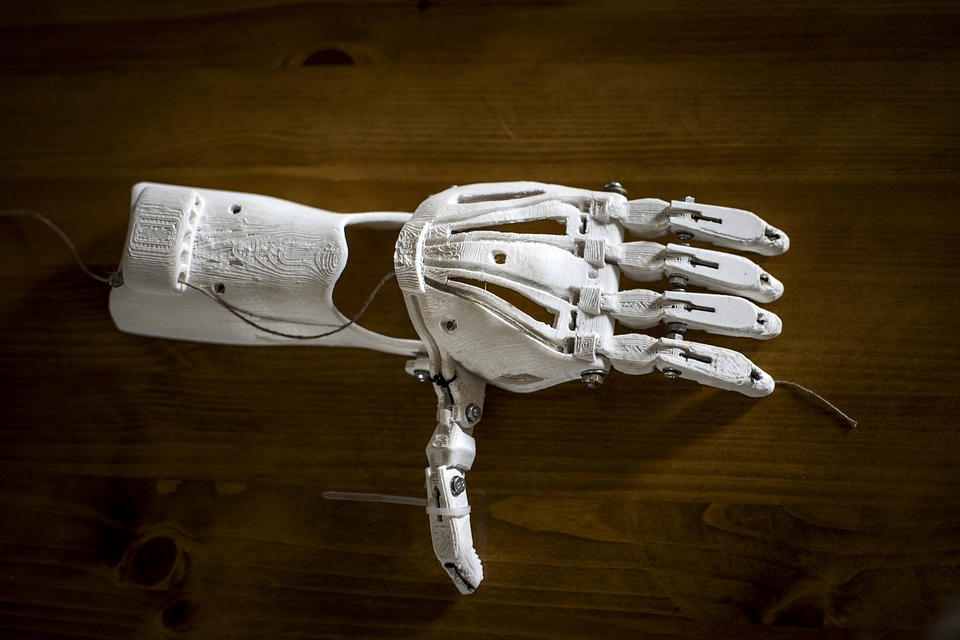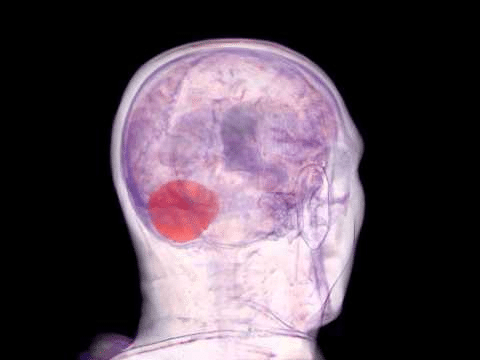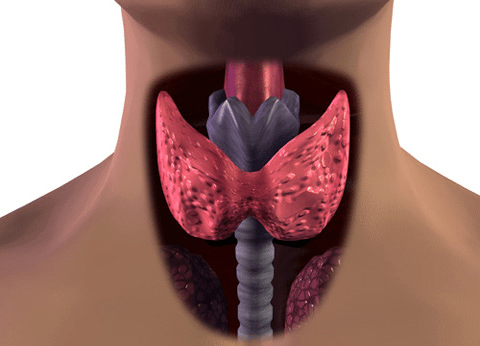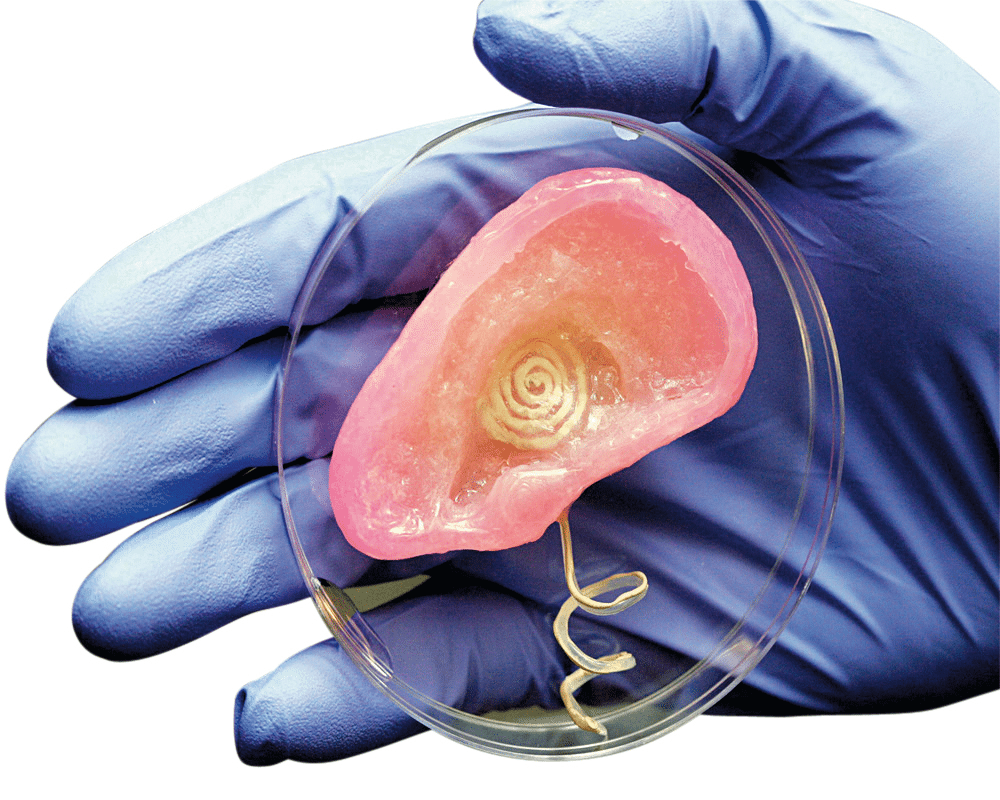The technology behind 3D printing has been around for decades, but desktop 3D printers have only recently become affordable enough to stand on our desks and manufacture physical objects for us, on-demand. Now desktop 3D printers are entering physician offices everywhere, poised to revolutionize the future of medicine. 3D printing has already been used to print drugs, medical devices, patient-specific anatomy, and even biological tissues. Physicians and surgeons are beginning to take advantage of this fast and completely personalized manufacturing technology to improve patient care. Here are just 10 exciting examples of how 3D printing is used in medicine today.
Patient Anatomy
1. Bones. Physicians have traditionally relied on flat anatomical images and scans to learn about a patient’s condition and make treatment decisions. Through 3D printing, physicians can now print bone models directly from their office using their patients’ unique MRI or CT scans. Orthopedic surgeons, like Dr. Boyd Goldie, use models of a complex bone fracture to practice for an upcoming surgery and to demonstrate to the patient exactly how they will treat it. Speed is important here, and a desktop 3D printer can create models within hours. Bone models are made using a biodegradable plastic called PLA. Models can also be scaled down to produce smaller faster-printing pieces. Dr. Nicholas Giovinco makes digital and 3D printed models of feet to help educate his patients with diabetes and prepare them for surgery.
2. Kidneys. Dr. Jonathan Silberstein and his team at Tulane University Department of Urology 3D printed kidney models from patients awaiting tumor removal surgery. The models were printed in resin, from a SLA 3D Printer, and highlighted areas of tumor growth. The models were used to help educated patients and trainees about the surgery, and resulted in a better understanding on both sides.
3. Babies. Although not strictly medical, 3D printing has been used to help future parents see their babies before they are born. The process extracts the fetus image from an ultrasound scan and converts it into a 3D printable model. The model of the fetus can then be printed in PLA for parents to see and keep as memorabilia. Katie Kermode opened Baby:Boo Scan Studio with just this goal in mind.
Pharmacoprinting
4. Pills. The first FDA-approved 3D printable pill, called Spritam (levetiracetam), was released in March 2016. Designed to treat epilepsy using proprietary ZipDose technology from Aprecia Pharmaceuticals, the 3D printed pills dissolve rapidly with a sip of water. Although 3D printing has not modified the effectiveness of Spritam, it is a first step towards a future where physicians can create and 3D print custom pills specific to their patients’ needs. Dr. Min Pu and his team at Wake Forest University developed an algorithm and software that 3D prints pills with precise dosage adjustments based on a patient’s characteristics. Inputs like weight, race, gender, and liver function are used to optimize the dosage necessary for each specific patient.
Medical devices
5. Dental guides. Dentists usually make their best guess about where to place the drill when performing implant surgery. Now, a new FDA class 1 material, called Dental SG allows dentists to make surgical guides that point out the best location for the drill. A Dental SG device is 3D printed in flexible resin and fits over a model of the patient’s teeth, also 3D printed. Dr. Michael Scherer prints such guides in his office to practice the surgery beforehand and speed up recovery time for his patients, due to increased accuracy.
6. Automated suturing. An automated hand-held suturing device, called Sutrue, is undergoing trials. Created by Alex Berry and colleagues, the device features 3D printed resin parts and may soon be used for a variety of suturing applications.
7. Prosthetics. 3D printed prosthetic hands are an exciting direction for robotics. OpenBionics created an open source design for a 3D printed hand and continues the work of the Open Hand Project. Another organization, e-Nabling the Future, allows 3D printer owners to download open source 3D hand designs, print the parts, and donate to a person in need.
8. Tumours. The 3D bioprinting market is one of the fastest growing areas of 3D printing and is projected to reach $6 billion by 2024. Now a team of researchers at Heriot Watt University in Edinburgh are building a brain tumour via 3D printing. The team will use stem cells isolated from patients’ tumours as the building material and monitor the tumour growth over time. They expect to use the 3D printed tumours to test the effectiveness of various drugs and find new treatments.
9. Thyroid. 3DBio, a bioprinting start-up company headed by Dr. Vladimir Mironov, has 3D printed a thyroid gland and successfully implanted it in mice. This advancement paves the way for whole-organ bioprinting, which has only recently been considered science fiction.
10. Ear Implants. Why stop at restoring organ function? Researchers at Princeton and Johns Hopkins Universities teamed up to 3D print a bionic human ear with superhuman abilities. The bionic ear implant is 3D printed with a chondrocyte-seeded alginate hydrogel and, along with a silver nanoparticle polymer, is able to detect radio frequencies, which are outside the normal hearing range. The bionic ear represents the exciting merging of biology and nanoelectronics to create new possibilities.
The above examples are only highlights from the rapidly growing field of medical 3D printing. A variety of amazing work and 3D medical applications are still in research and development. Desktop 3D printers have several limitations as well, including small build volumes, hours of production time, and high model failure rates. However, development in this field is progressing so quickly that we can only imagine what the future holds for medicine through 3D printing.




